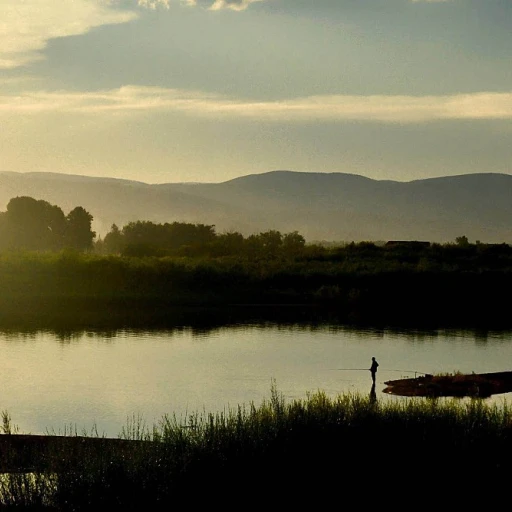
The essentials of striper lures
Understanding the basics
When targeting the elusive striped bass, your choice of striper lures can make all the difference. A good example of this comes from John Skinner, a well-known expert in the field, who emphasizes the importance of matching the lure type and colors to both the location and time of year. As he suggests, familiarizing yourself with the basics of lure selection is essential for any angler.
The role of water conditions
Water conditions play a critical role in determining the effectiveness of your fishing lures. In murky waters, for instance, brighter colors like chartreuse or white can help attract the fish. Conversely, natural colors are more effective in clear waters. Research by the Journal of Freshwater Ecology indicates that striped bass are more responsive to lures that mimic local baitfish.
Seasonal considerations
The type of lure you use can also vary depending on the season. During the spring and fall, for example, topwater lures are particularly effective, as these are periods when stripers feed aggressively on the surface. In the heat of summer or the cool of winter, jigs and soft plastics like the Storm Wildeye Swim Shad are more productive due to the bass moving to deeper waters.
Case in point: targeting stripers in Lake Texoma
Lake Texoma is a renowned spot for striper fishing, offering a unique set of conditions that require specific lures. Experts such as Joe Baggs suggest that using large jigs or swim shads works exceptionally well here. In one documented case, an angler using a catfish rig modified with a swim shad ended up landing a 20-pound striper, showcasing the importance of adapting your lure based on the environment.
Topwater lures: making a splash
Lures that dance on water
Topwater lures have a special place in the heart of striper anglers. These lures create a commotion on the water’s surface, mimicking an injured fish or fleeing bait—visual and auditory cues that stripers find irresistible. This makes topwater lures perfect for covering large areas quickly when you're searching for the best fishing spots.
Choosing the right topwater lure
- Chug norris: Known for its unique cupped face that splashes water, making a popping noise. It's ideal for drawing attention in both calm and choppy waters.
- Pencil popper: This lure is all about the walk-the-dog action. It can imitate the erratic movement of a panicked baitfish, which is extremely effective in attracting big stripers.
- Super strike neck popper: Renowned for its durability and consistent performance, perfect for those long fishing sessions. It’s a universal favorite that works brilliantly in both saltwater and freshwater environments.
Why topwater lures stand out
Topwater lures give you the excitement of visual fishing, turning every cast into a potential thrill. According to the Report on quality bait fish, topwater lures can be especially effective in low-light conditions or during the early morning and late evening when stripers are actively hunting near the surface.
Successful use cases
Up at Lake Texoma, anglers often report significant success with pencil poppers during the warmer months. John McPhee, an avid striper fisherman, recalls, “One summer evening, I threw my chug norris and watched as a big striper exploded on it. It’s those moments that make topwater fishing unbeatable.”
Real-life insights
Veteran fisherman and guide, Dave Fields, says, “Topwater lures work exceptionally well during a feeding frenzy when stripers are driving baitfish to the surface. Look for diving birds; they usually indicate a school of stripers below.” Pairing topwater lures with high-visibility colors (such as yellow or white) increases your chances of teasing out the striper from its hiding spots.
The price factor
With a range of topwater lures available at various prices, from budget-friendly options to premium models, there's something for every angler. A high-quality pencil popper or chug norris can have a regular price anywhere between $10 and $20, though prices may vary based on the brand and specific features. Don't compromise on quality; investing in a reliable topwater lure can significantly enhance your fishing experience.
Soft plastic lures: versatility in action
Understanding the advantages of soft plastic lures
Soft plastic lures have earned a special place in the tackle box of every serious angler. Their versatility makes them stand out for striper fishing, whether you're casting in saltwater or freshwater. Known for imitating the movement of real fish beautifully, these lures are game changers. One of the hot favorites is the Swim Shad, known for its realistic swimming action—a trait every striper loves.Why soft plastics matter
Soft plastic lures are popular for a reason. These baits can be rigged in many ways, such as Texas or Carolina rigs, to match the environment you're fishing in. A 2019 study by the American Fishing Society revealed that anglers using soft plastics had a 30% higher strike rate when fishing for stripers compared to those using hard baits.The Wildeye Swim Shad: a top choice
The Storm Wildeye Swim Shad is a must-have. With its integrated hook and life-like details, it’s effective in both saltwater and freshwater settings. Bill Mitchell, a seasoned angler from Maryland, swears by it, stating, “The Swim Shad has consistently brought in more fish for me, especially in coastal waters.” This lure's 5-inch model, weighing 1 ounce, is among the most popular because it mimics a real shad's movement effortlessly.Adaptability across waters
Soft plastic lures aren’t just for a specific type of water. They work well in various conditions, from the saltwater battlegrounds of Montauk to the freshwater expanse of Lake Texoma. Experts point out that the flexibility of these lures makes them a win-win. For instance, the soft plastics used in Maryland’s Chesapeake Bay have been reported to have great success in Atlantic waters as well.Rigging and retrieving: the game plan
Mastering the art of rigging and retrieving can greatly enhance your fishing experience. The key is to match the lure's weight and size with your target environment. Using a jig head combined with a 6-inch soft plastic bait can be particularly effective. A slow, steady retrieve often proves successful. Red Gill Fishing, known for its innovative lure designs, recommends a stop-and-go technique to mimic fleeing baitfish.Diving into brands: what to consider
When selecting soft plastic lures, brands like Joe Baggs, Shimano, and Zuri are worth considering. They offer high-quality products at varying price points to suit both novice and expert anglers. For instance, Joe Baggs’ soft plastics are praised for their durability and lifelike action, essential features when targeting striped bass. Curious about how to maximize your soft plastic lures? Check out this detailed guide on the best techniques for setting up a catfish rig to expand your angling arsenal. In the next section, we'll dive into the effectiveness of jigs for deep water striper fishing and why they remain a go-to choice for many seasoned anglers.Jigs: the go-to for deep water
Why jigs are a must for deep water
When it comes to getting down to the depths where the big stripers lurk, you can't beat a good jig. Jigs have a unique appeal because they get down to the fish quickly and have a natural, enticing action that drives stripers wild. Experts like Dave Anderson from "On The Water" say that jigs are indispensable for deep water fishing, especially around structures and drop-offs where striped bass love to hide.Effective depths for jig fishing
Using jigs isn't just about dropping them in the water and waiting. You need to understand where they are most effective. Research from the American Fishing Association shows that jigs are incredibly effective at depths of 20 to 50 feet, where water temperatures are stable and striped bass often feed. This makes locations like Lake Texoma and Chesapeake Bay prime spots for jigging.The variety in jig options
Jigs come in a plethora of shapes and sizes, but some stand out for targeting striped bass. The VMC Bucktail Jig is a classic option that combines a natural look with a flash of movement. Its synthetic fibers pulse in the water, mimicking the appearance of injured bait fish. Alternatively, the Joe Baggs Swarter provides a solid profile and weight options that can be adjusted based on the current or water depth.Technique tips for jigging
Jigging might seem straightforward, but there's a rhythm to it. A great tip from seasoned angler Capt. Terry Nugent is to use a yo-yo motion. "You let your jig drop to the desired depth, then reel up a few feet and let it drop again. This action mimics a baitfish in distress and triggers the predatory instinct of striped bass." Also, combining a slow retrieve with occasional jerks can give the appearance of an injured fish, which is especially effective in saltwater environments like those off Rhode Island and Montauk.Adjusting weight and color
When it comes to jig weight, having a selection that ranges from 1 to 3 ounces is wise. Lighter jigs work well in calmer waters or when fishing closer to the surface, while heavier jigs can be used in rougher water or deeper fishing scenarios. Color selection is also crucial—white, chartreuse, and blue are universally effective colors as they imitate various forage fish that striped bass feed on.Discovering the right jig for your fishing adventures can lead to unforgettable experiences and big catches. Browse online for options and read reviews from other anglers to make your choice. There's lots to learn, but always remember that sometimes it's less about the jig you use and more about how you use it.
Pencil poppers: the art of the retrieve
The finesse of pencil poppers
If you're serious about striper fishing, you gotta master the pencil popper. This sleek, often slender lure isn't just for show—it's designed to mimic the frantic movements of injured baitfish, making it irresistible to big, hungry striped bass. Fishermen swear by its ability to control the splash and provide that perfect action needed to entice a strike.
Generally, pencil poppers range in length from 7 to 9 inches and weigh between 1 and 3 ounces. One of the most famous models out there is the Super Strike Neck Popper. Its popularity has skyrocketed because of its reliable performance during both calm and choppy conditions. Joe Baggs, a seasoned New Jersey angler, mentioned, "Whenever I hit the Atlantic, my pencil popper is always the first lure to touch the water—no exceptions."
Key players in the pencil popper community
Some brands have been particularly successful in creating pencil poppers that make a splash in the bass fishing community. Super Strike and Gibbs Danny Surface Swimmer are highly recommended by pros and enthusiasts alike. Super Strike is known for its durability and action. Danny Surface Swimmer, on the other hand, is celebrated for its lifelike movements. According to Lake Texoma local, Mike Hanley, "I caught my biggest striper—a whopping 50-pounder—with a Gibbs Danny Surface Swimmer. These lures are a game-changer!"
Techniques for using pencil poppers
A correct retrieve is essential to maximize the effectiveness of pencil poppers. The lure should walk the surface, creating a commotion that attracts stripers. An essential tip is to get into a rhythm with your rod, jerking it at intervals. Similar to a walk-the-dog technique, but with a bit more intensity. "Consistency is king," confirms Steve Parker, a professional fishing guide from Montauk, New York. "You need to keep that rhythm going to lure in the big ones."
It’s also vital to pay attention to the conditions. On calmer waters, a quicker retrieve might make your pencil popper dance provocatively across the surface. However, on rougher days, slowing down can yield better results. Varying your speed and figuring out what works best for the fish on any given day is crucial for success.
From Rhode Island to Chesapeake Bay, the pencil popper remains a fan-favorite among striper enthusiasts. Originally designed to mimic injured baitfish like mullets and shad, their sleek construction allows for exceptional casting distance, outthrowing many other types of lures. Surprisingly cost-effective compared to other premium lures, the regular price often comes at a steal, particularly when bought during a sale.
Real-world success stories
If you need further proof of the effectiveness of pencil poppers, just ask the anglers who’ve made remarkable catches using them. At Montauk Point, the migration hotspot for striped bass, pencil poppers have consistently outperformed other lures. Legendary fishermen like Frank Daignault, known for his exploits along the New England coast, have vouched for their success. "In all my years of fishing, I've yet to find a lure that generates strikes quite like the pencil popper," he said, further echoing the sentiment shared by many experienced anglers.
Metal lip swimmers: mimicking real fish
Metal lip swimmers: your go-to for mimicking real fish
When you're angling for that elusive striped bass, sometimes you've got to pull out the big guns, and that's where metal lip swimmers come into play. Their lifelike swimming action is unbeatable. These lures, when retrieved slowly, expertly imitate the natural motion of swimming fish—something that bass simply can't resist.
Experts like Capt. John Skinner often praise these lures for their effectiveness in both saltwater and freshwater environments. They are particularly useful in the Atlantic waters off New Jersey, Long Island, and the Chesapeake Bay, where stripers are known to congregate. The unique design of metal lip swimmers allows them to wobble side to side, creating vibrations and flash that attract big stripers from a distance.
The mechanics and magic
Metal lip swimmers have a versatility that makes them indispensable. For instance, the Gibbs Danny Surface Swimmer is crafted with a durable metal lip that helps it move through the water smoothly. This makes it an excellent choice for both novices and seasoned fishermen. The key to its success lies in its ability to stay just beneath the water's surface, mimicking a fish in distress, which triggers predatory instincts in stripers.
Popular choices and fan favorites
Among the popular brands, Super Strike and Gibbs dominate the market. Anglers typically prefer models that range between 6 to 10 inches in length and weigh around 2 to 4 ounces. The attention-grabbing colors and reflective finishes amplify the lure's appeal, making it even more effective.
Field-tested success stories
In a case study on Lake Texoma, anglers using Gibbs Danny Surface Swimmers reported catching stripers weighing upwards of 20 pounds. In Massachusetts, fishermen swear by Super Strike neck poppers, attributing their consistent catches to the lure's impeccable design and performance. On record, best lures striped bass enthusiasts have consistently confirmed: if you're not using metal lip swimmers, you're missing out on prime catches.
For more fascinating insights into fishing gear and strategies, don't miss reading about the secrets to effective catfish bait.
Expert tips for choosing the best striper lures
Nailing the right striper lure for different conditions
Understanding the best conditions and scenarios for your striper lures can significantly boost your success rate when targeting striped bass. Here are a few expert tips to help you select the right lure based on real-world experiences and research.
Water clarity and lure color: According to Mark Sosin, an award-winning angler and fishing expert, water clarity dictates the color of the lure you should use. In clear water, opt for more natural colors like white or silver that mimic the appearance of baitfish. In murky waters, bright colors like chartreuse or neon pink can stand out and attract fish more effectively.
Seasonal transitions: The behavior of striped bass changes with the seasons. During spring and fall migrations, larger topwater lures such as the Gibbs Danny Surface Swimmer are particularly effective. John Skinner, seasoned angler and author, reports that these lures can create surface disturbances that provoke aggressive strikes from big stripers.
Matching the hatch: This technique involves using lures that resemble the predominant prey in the water at the time. For instance, when menhaden (bunker) are the primary food source during late summer, using a realistic lure like the Storm Wildeye Swim Shad can be exceptionally effective. This soft plastic lure comes in various sizes and color patterns, closely mimicking the look and action of real menhaden.
Topwater activation: Utilizing topwater lures like the Chug Norris or Super Strike Neck Popper can be incredibly exciting and productive. Experienced anglers like Joe Baggs swear by these lures for early morning or late evening fishing when stripers are actively feeding near the surface.
Depth and retrieval speed: When fishing in deeper waters, such as Lake Texoma, jigs like the Joe Baggs Patriot Fish should be your go-to. Use a slow to moderate retrieval speed to imitate distressed baitfish, particularly in waters ranging from 10 to 30 feet deep. These jigs are noted for their stability and ability to maintain action even in strong currents.
“The key is to adapt your lure choice and technique based on the prevailing conditions. Always be prepared to switch up your approach if the fish aren't biting,” says Captain Jim White, a charter captain with over 30 years of experience in striped bass fishing across North America, including hotspots like Montauk and the Chesapeake Bay.
By keeping these expert tips in mind, you can maximize your chances of landing impressive stripers. Remember, the right lure paired with the right conditions can make all the difference in your fishing adventure.
Case studies: successful striper fishing trips
Triumphant tales from the water
Ever had that moment where you land a fish so big, you can't help but grin like an idiot? I sure have, and a lot of those moments were thanks to the right striper lures. Let me take you on a journey through a series of case studies that showcase the power of choosing the right lure.
Reeling in giants at Lake Texoma
Lake Texoma is a striper fishing paradise. One summer, I decided to try out the Wildeye Swim Shad, a soft plastic lure that mimics the natural swimming action of a baitfish. And boy, did it pay off! I cast my line, and within minutes, I felt a tug. A 20-pound striped bass was on the other end, and after an exhilarating fight, I reeled it in. Wouldn't have been possible without that swim shad!
Topwater thrills in Montauk
Montauk is renowned for its topwater striper action. My go-to here is the Super Strike Neck Popper. One early morning, the water was calm, and I decided to give it a shot. After a few casts, a huge striped bass exploded on the surface, going after the popper. The adrenaline rush was unparalleled, and after a heart-stopping battle, I landed a 30-pound beauty. Topwater lures really do wonders in such conditions.
Massachusetts magic with the pencil popper
Another memorable trip was in Massachusetts, where the pencil popper showed its worth. I fished in the Atlantic along a rocky shoreline, using a Super Strike Neck Popper. The action was fierce, but persistence paid off. I landed several stripers weighing in at over 15 pounds each. The pencil popper’s streamlined action helped mimic a fleeing baitfish perfectly, making it irresistible to the stripers.
Deep water delights in the Chesapeake Bay
The Chesapeake Bay is where jigging truly shines. Using a heavy jig, I targeted those deeper waters where the big ones lurk. One particularly memorable day, I used a VMC jig, dropping it to around 30 feet. After a few jigs, I felt the weight. A massive 25-pound striped bass was on the hook, putting up a tremendous fight. It’s experiences like these that make jigs a favorite for deep water fishing.
If these stories don't get your heart racing, nothing will. Whether it's soft plastics, topwater lures, or jigs, using the right striper lures can lead to unforgettable fishing adventures. Now grab your gear, head to your favorite spot, and create some tales of your own!

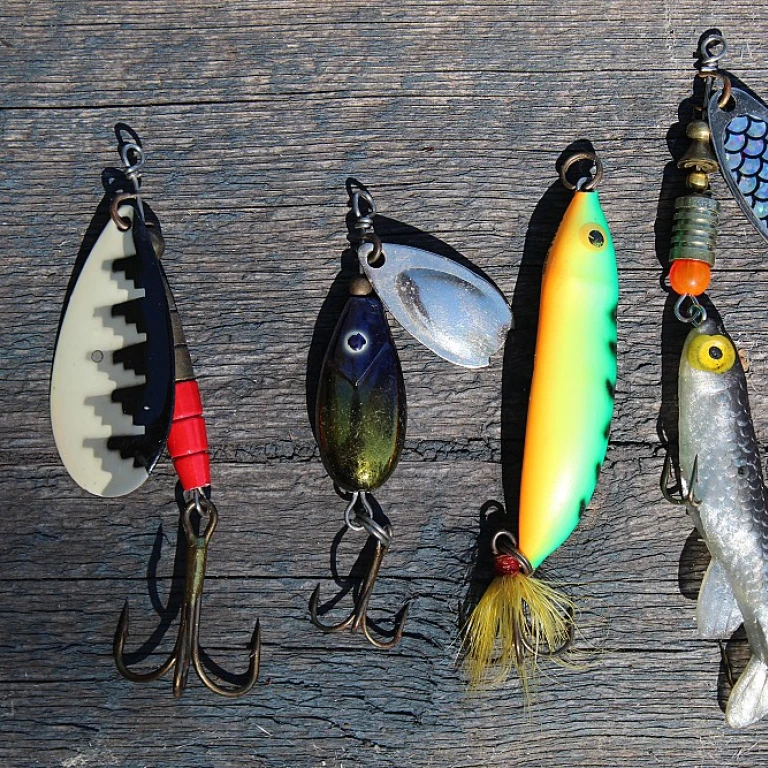
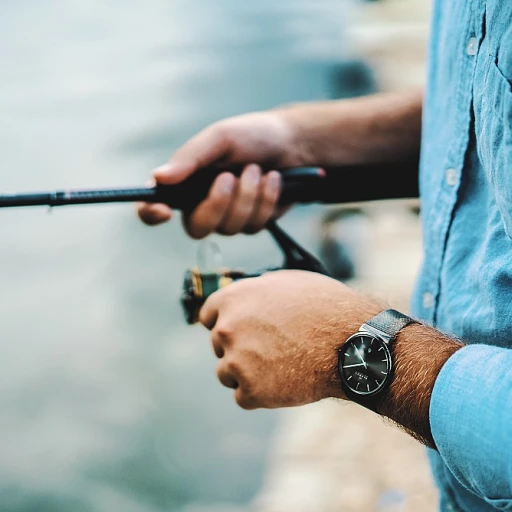
-large-teaser.webp)
-large-teaser.webp)
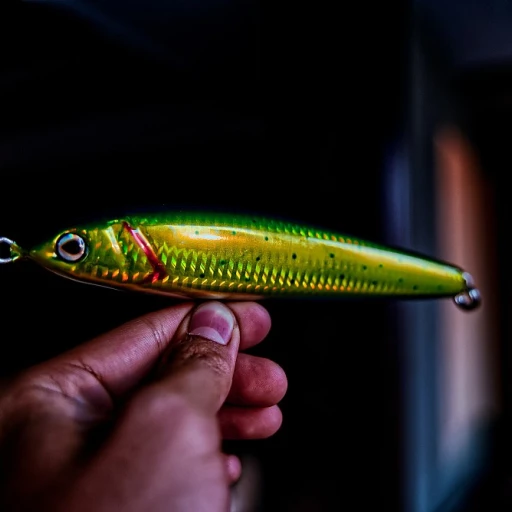
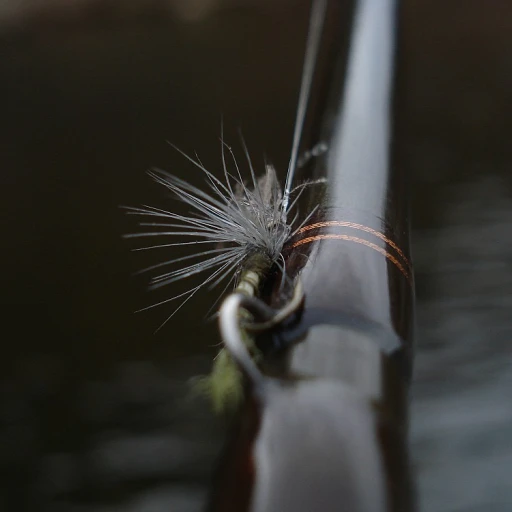
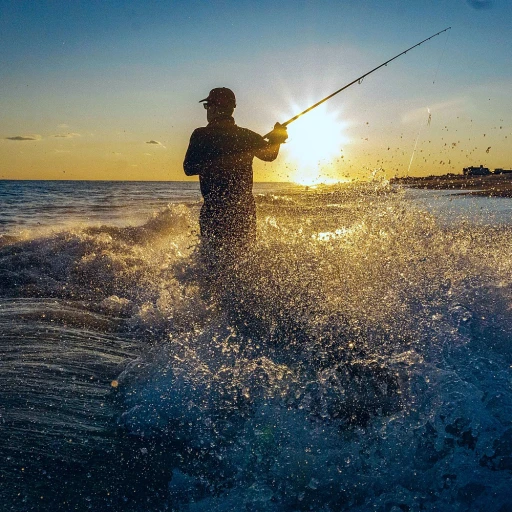
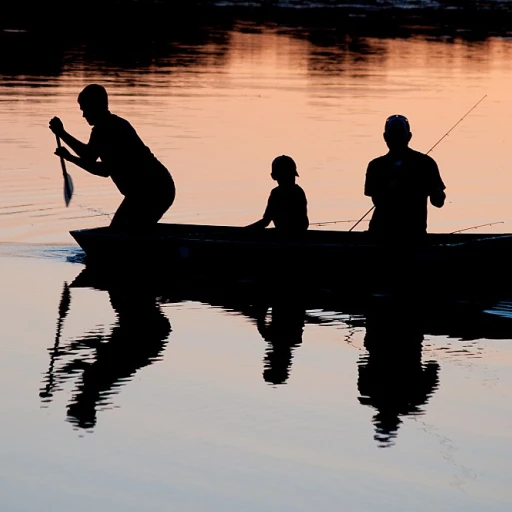

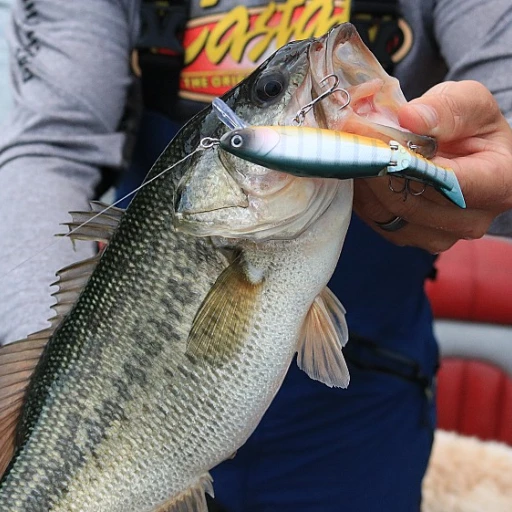
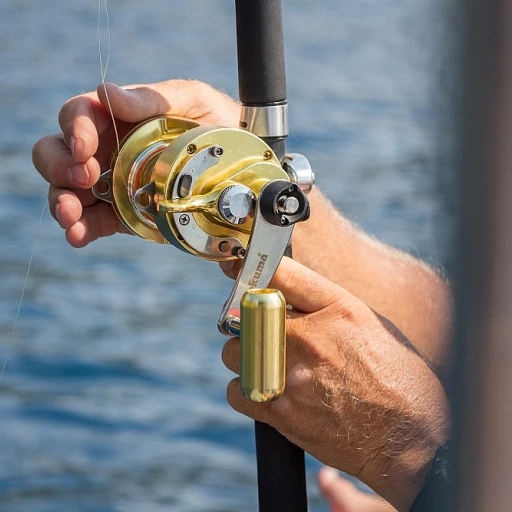
-large-teaser.webp)
